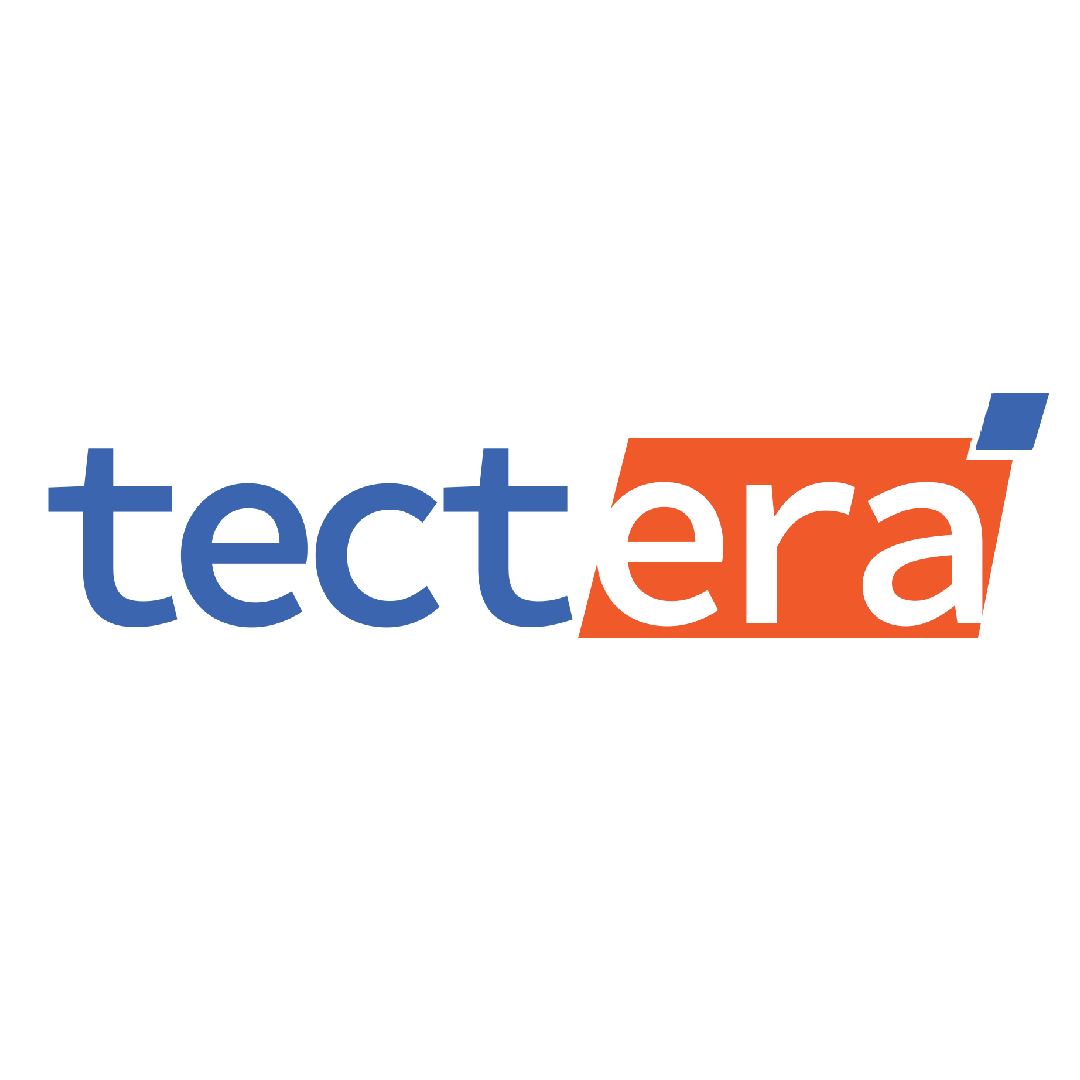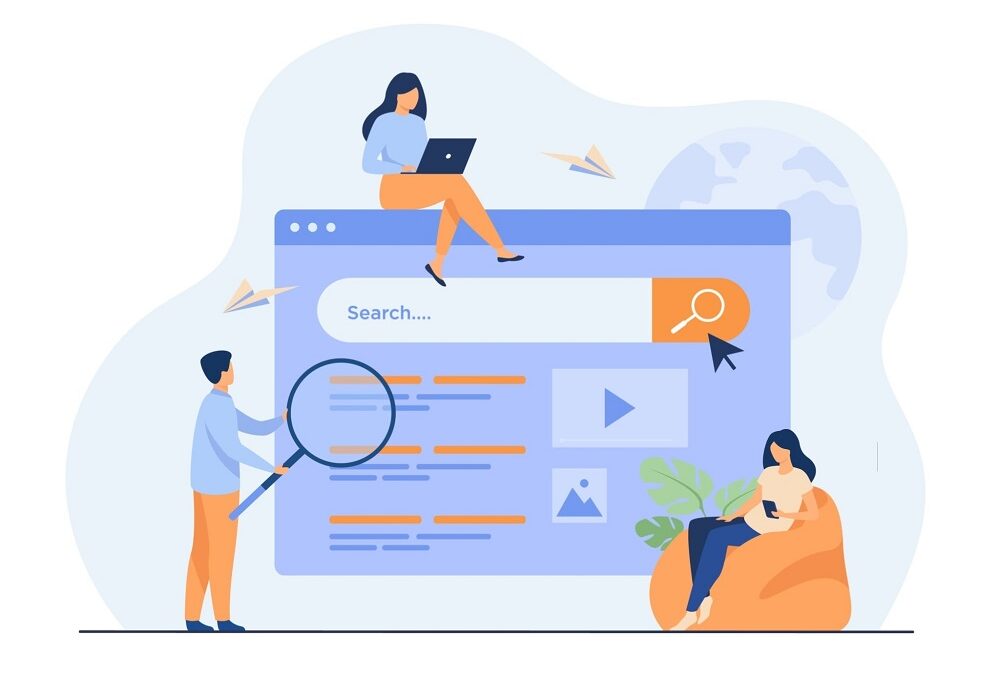In the ever-evolving landscape of digital marketing, the online presence and visibility of your webpage or brand remain the utmost priority. Mastering the skill of search engine optimization (SEO) is given to boost your online presence and generate traffic to your website. Learning the nuances of on-page SEO could be a turning point in your career regardless of your level of experience as a digital marketer. On-page SEO is your gateway to maximizing your online presence, ensuring that it ranks high and appears in SERPs.
We’ll guide you through the 10 on-page SEO checklist components in this article to help you successfully optimize your web content. We’ll go over each stage to enhance your understanding, covering everything from conducting keyword research to producing high-quality content while conveying you the tools you may need to maximize your brand visibility. Prepare to go on a trip to on-page SEO proficiency and boost organic traffic like never before.
What is On-Page SEO?
On-page SEO is a method of improving and optimizing the content of each web page to enhance search engine rankings. It involves optimizing the header tags, URLs, Slugs, Meta description and other elements of your webpage. You can optimize the content of your webpage by adding keywords to the content, to the images alt text and URL to maximize the visibility of your webpage.
Here’s a checklist of 10 on page SEO elements that you must incorporate to boost traffic.
10 On-Page SEO Checklist
1. Do keyword research
Your first step is to conduct keyword research since all the subsequent steps depend on this one. The cornerstone of any effective SEO plan is keyword research which entails figuring out the precise words and phrases that members of your target audience use when looking for material online. You can make your content more meaningful and follow your readers’ interests and needs by learning more about their personas. To find trending keywords for your niche, you can use different keyword research tools like SEMrush, Ahrefs, Google Keyword Planner or Google Trends. While choosing the best keywords for your content, make sure the keyword volume is high and competition is low while also taking user intent into account.
Another strategy that you can use to incorporate healthy keywords is the use of long-tail keywords to maximize your on-page SEO. Long tail keywords can be found via Google Suggest as you can type a keyword in the Google search bar but don’t press enter and wait for a list of long tail phrases to appear.
Since these keywords are searched by people, they appear on Google Suggest which you can use to write content.
2. Create high-quality content
Your content is the key to attracting visitors and traffic therefore, you must create content keeping the E-A-T criteria in mind. Using your primary and secondary keywords, you can create top-notch content that is original, unique, well-formatted, readable, and accurate for the layman. Quality should always come first since search engines rank content that is informative and useful for the wider audience. Your content should genuinely benefit the audience, answer their queries, address their pain points, and be well-researched. Aim for fresh and compelling content that attracts and hooks the visitor to your blog or webpage.
3. Optimize your title tag
Since the title tag appears at the beginning of SERPs, it is an important part of on-page SEO. Creating a catchy and succinct title containing the keywords will help it rank higher on SERPs and attract traffic. Keep your title tag within 60 characters so that the complete title shows on SERPs. Besides increasing click-through rates, an optimized title tag also helps search engines comprehend the subject of your website.
The majority of CMSs automatically create a URL for your page, which is simply a blend of numbers and or the title you give to it. However, you should make changes to this URL so that it contains the target keyword, replace the space with dashes and is brief to boost on-page SEO.
4. Optimize your meta description
Your meta description is a snapshot of your content and conveys to users the gist of your content. You must keep your meta description within 150 to 160 characters and include the focus keyword to optimize it for SERPs. Your meta description must be hook-worthy and enticing to make readers click the link and read your content. Although meta descriptions do not greatly affect search engine rankings, they are a vital factor in user engagement.
5. Use header tags
What makes your content noteworthy is the headers. Header tags improve the readability of your content and organize it in a better way. These Header tags (H1, H2, H3 and so on) help search engines determine the hierarchy of your content therefore you must always optimize your header tags for SEO such as adding your focused keyword. Your main title is your H1, and it must surely contain your focus keywords. For subheadings, use H2 and H3 header tags and try to use your focus keyword in at least 1 to 2 subheaders. It helps the readers to read through your content easily.
A compelling headline conveys worth and tells why should the reader care. The headline “Top 5 on-page SEOtips” doesn’t seem to be as enticing as “Top 5 on-page SEO hacks that boost traffic.” Similarly, a great headline doesn’t overpromise what it’s going to talk about. It must be descriptive in the sense that it conveys to the readers what’s in store for them in a concise and hook-worthy way.
6. Use keywords throughout your content
Your title and meta description are only the first two stages of keyword optimization. Use your target keywords throughout your content naturally and avoid keyword stuffing to boost your on-page SEO. Useless keyword usage will result in search engine de-ranking and penalties. Prioritize giving your audience an uninterrupted reading journey by putting keywords where they make sense.
7. Use images and videos
Visual content always appeals to visitors more than written content because of quick comprehension and a better understanding of the gist of content. You can add relevant images to your content and optimize image alt text with your target keyword to optimize it for on-page SEO. Appealing visuals can keep visitors on your website longer and communicate to search engines that your content is worthwhile. To enhance user experience, you must compress your images for faster download and incorporate better accessibility.
When using an image to communicate pertinent content to the keyword you are focusing on, make sure you put out information in the body of the content on your website since alt text is only supposed to be a few words long.
Another important on-page SEO hack is to name the picture file you submit to your page with the target keyword and make sure you replace all the spaces with underscores or dashes.
8. Build internal links
Links that interconnect pages on your website are called internal links and they facilitate user navigation and disseminate the link network, enhancing its overall SEO. Internal linking may improve on-page SEO when you add links to other relevant pages on your website when writing new content. You must add an anchor text after the first 200 words in your content and make sure that the anchor text contains keywords and links to the informative website.
9. Get backlinks
Just like internal links, backlinking is yet another factor in improving on-page SEO which are also called inbound links and are links to other websites that point towards your website. High-quality backlinking is a driving force behind achieving the E-A-T criteria for your website as it provides credibility to your website. Put your attention on constructing useful and organic links through techniques like promotion, guest posting and the creation of valuable content to share. Quality counts more than just quantity when you are backlinking since it not only provides credibility but also authoritativeness to your website.
10. Keep your website up-to-date
Successful on-page SEO depends on consistently adding new content to your website and maintaining a solid technological foundation. Websites that offer current and pertinent content are favored by search engines. You must also update your user interface make your site mobile-friendly, and responsive and fix any broken links while tracking its performance with tools. Regular updates to your website demonstrate to search engines that your site is a useful asset to the audience.
Additionally, you must replace outdated images, graphs, or other visual data on your website with updated ones and periodically check if the keyword’s intent hasn’t changed over time. Yoast is an SEO tool plugin that may provide you insights about readability of your content and keyword density however, you must not rely completely on such tools for your on-page SEO.
Conclusion
In this article, we covered the 10 on page SEO checklist elements that can take your website to new heights. This top-on-page SEO checklist can improve your ranking, generate organic traffic,and enhance your online presence using in-depth keyword analysis. Producing high-quality content and optimizing header tags while applying other SEO best practices will help your website soar in the realm of digital marketing.
Contact Tectera who provide SEO services in Toronto to do on page SEO for your website.
See Also:


Editorial Staff at Tectera are experts on web design, SEO, Social media, App and Software.



